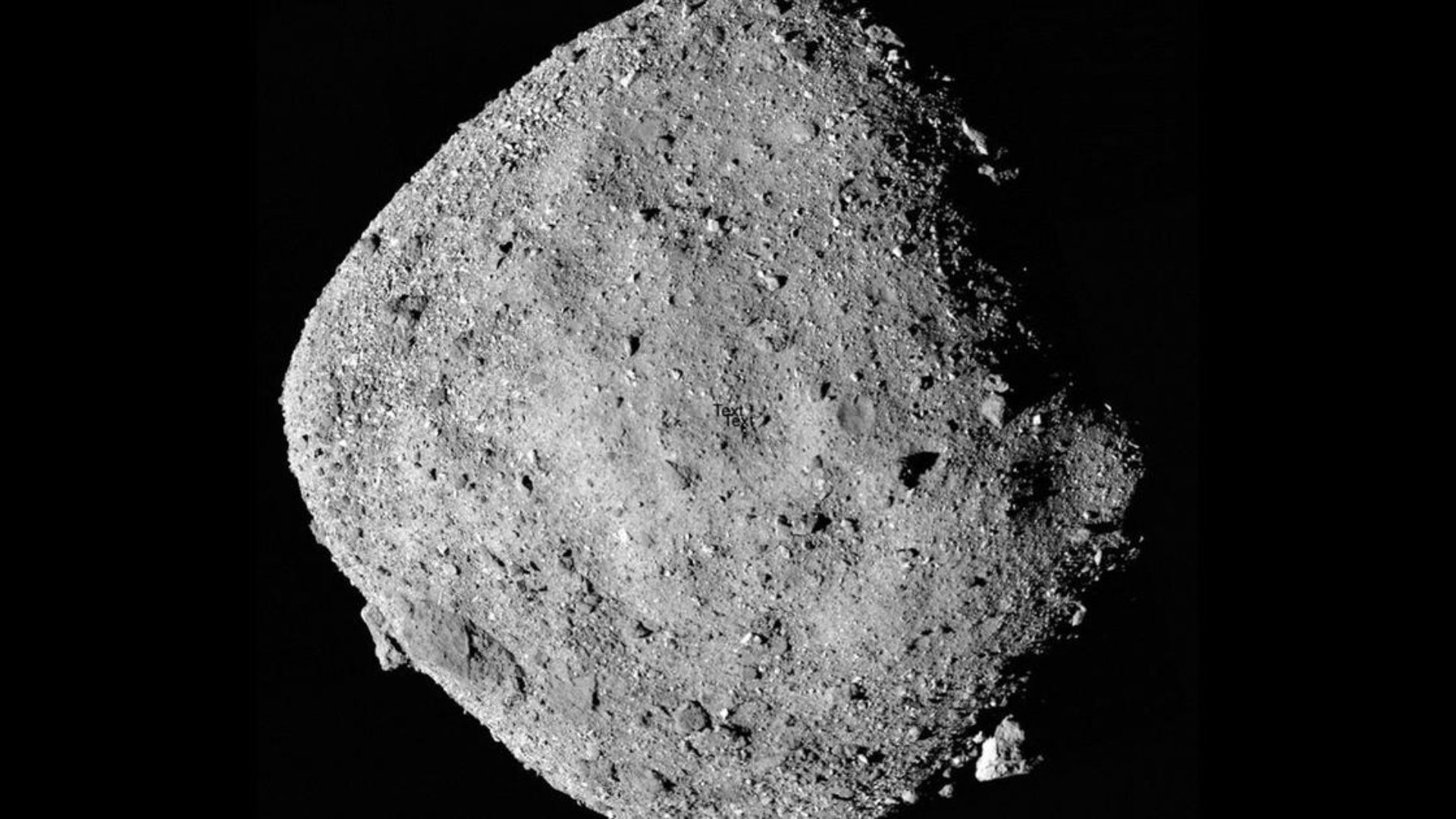(Reuters): The nearest near-Earth asteroid Bennu, comes as close as 186,000 miles (299,000 km) every six years. Astronomers estimate that there is a one in 2,700 chance of a collision in September 2182, even if the chance of it hitting Earth is very low. This poses a severe threat to our planet because Bennu has a diameter of about 500 meters and a collision with it might have disastrous consequences.
Recent computer models have predicted how such an asteroid could affect life on Earth. The simulations show how such an impact would lead to devastation felt both immediately and in the long term. It would liberate 100-400 million tonnes of dust into the atmosphere that would severely disrupt global photosynthesis, atmospheric chemistry, and temperature for the next three to four years.
Solar dimming, a process brought on by the dust in the atmosphere, might result in a worldwide "impact winter" with significantly less sunshine. As a result, precipitation would decline, temperatures would drop dramatically, and the environment would cool overall. According to Lan Dai, the study's lead author from the IBS Center for Climate Physics, solar darkening would have a significant impact, resulting in a harsh and frigid environment for years to come.
In the worst case, the researchers predicted that Earth's average surface temperature might drop by about 7 degrees Fahrenheit (4 degrees Celsius) and rainfall could decrease by up to 15%. In addition, the ozone layer, which protects the planet from harmful UV radiation, would be reduced by 32% and plant photosynthesis would be reduced by 20–30%. These alterations would have severe consequences for life on Earth.
The impact of Bennu on the earth's surface would result in massive shockwaves, flames, and earthquakes. The result would be heat radiation and the formation of a large crater. The environment and climate would also be significantly changed by the enormous amounts of debris that would be released into the atmosphere. The scientists also highlighted the long-term effects of gases and aerosols released into the upper atmosphere, which could lead to more climate change and biological effects.
There would be a distinct reaction in the oceans notwithstanding the terrible conditions on land. Dai said that because iron-rich dust deposits cause some ocean ecosystems to develop quickly, plankton will recover far more quickly than terrestrial plants. Following the accident, the biomass in the oceans could increase due to the potential for diatom blooms, a form of algae.
One of the appallingly worrisome aftermaths of the asteroid impact would be the substantial loss of the ozone layer of the stratosphere. The stratosphere would get relatively hotter from solar radiation absorption by the vast amounts of dust thrown into it, and an astonishing depletion of ozone would take place. This would certainly enhance the risk to life on Earth since more deadly UV radiation would be able to reach the surface.
This study focuses on asteroid collision effects on ecosystem dynamics; however, another important variable is the potential loss of human life. Dai stated that while the study did not specify this, the number of deaths would, in general, depend on the location of the impact. Casualties from an event occurring in a heavily populated area would be much higher than one in a sparsely populated area.
Bennu is a "rubble pile" asteroid, which is a loose collection of rocky material rather than a solid object. It is the remains of a larger celestial body that was present more than 4.5 billion years ago, early in the history of the solar system. In order to gain a better understanding of Bennu's composition, NASA's OSIRIS-REx mission visited the asteroid in 2020 and took samples of rock and dust for analysis.
Chemical building blocks necessary for life were found in samples from Bennu, according to a recent analysis. The idea that asteroids like Bennu might have contributed to the early Earth's supply of the building blocks required for the origin of life is supported by this study.
Although it is unlikely that an asteroid the size of Bennu would impact, asteroid strikes have happened in Earth's past. A similar impact event that killed out the dinosaurs occurred 66 million years ago when an asteroid roughly 6 to 9 miles (10 to 15 km) broad struck Earth. These occurrences are uncommon but disastrous.
NASA used the DART satellite to change the course of the asteroid Dimorphos in 2022 as part of a planetary defense experiment. The purpose of this mission was to evaluate potential defenses against future asteroid threats to Earth. If Bennu were ever found to be approaching Earth, such protective measures might be necessary.
Although there is a very slim chance—just 0.037%—that an asteroid the size of Bennu will collide with Earth, the repercussions would be catastrophic. According to Axel Timmermann, senior author of the study, even though the chances of a collision are low, the potential impact would be serious, leading to long-term food insecurity and climate conditions akin to those caused by the largest volcanic eruptions in the past 100,000 years.
Timmermann underlined the importance of identifying the danger, irrespective of its apparent magnitude. Preparation would be crucial to reducing the devastating effects that such a potential impact could have on human civilizations and the planet's ecosystems.
The study highlights the significance of monitoring and understanding near-Earth asteroids notwithstanding the low probability of a Bennu collision. Preventing such catastrophic events in the future is the aim of planetary defense and continuous observation. Because of the ongoing research on asteroids like Bennu, we will be better prepared to face any threats in the future.












.jpg)
.jpeg)

.jpg)
-(1).jpg)
.jpg)
.jpg)
.jpg)
.jpeg)

.jpg)
.jpg)

.jpg)
.jpg)
.jpg)
.jpg)

